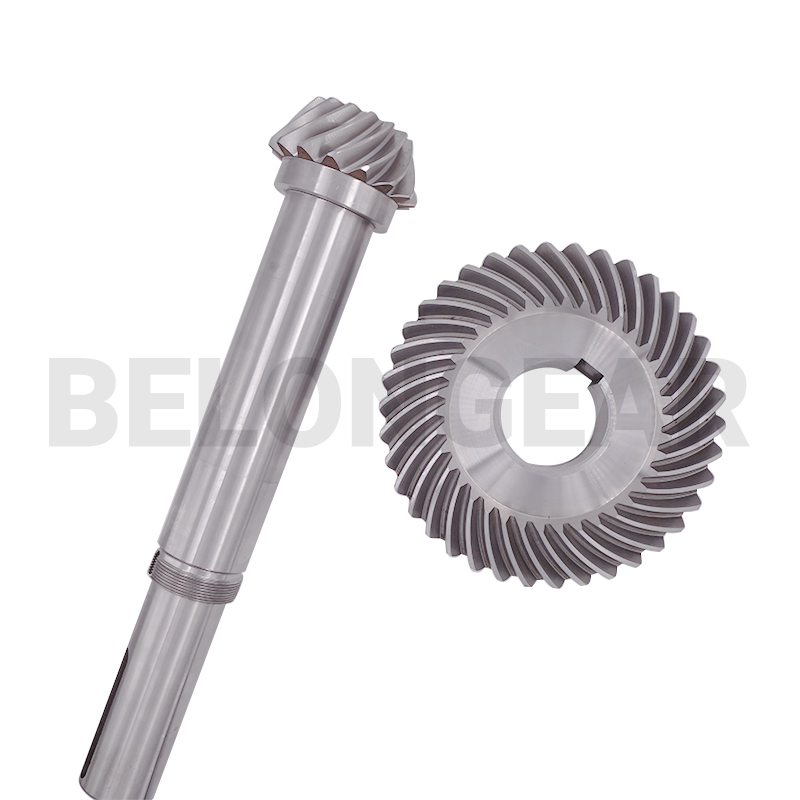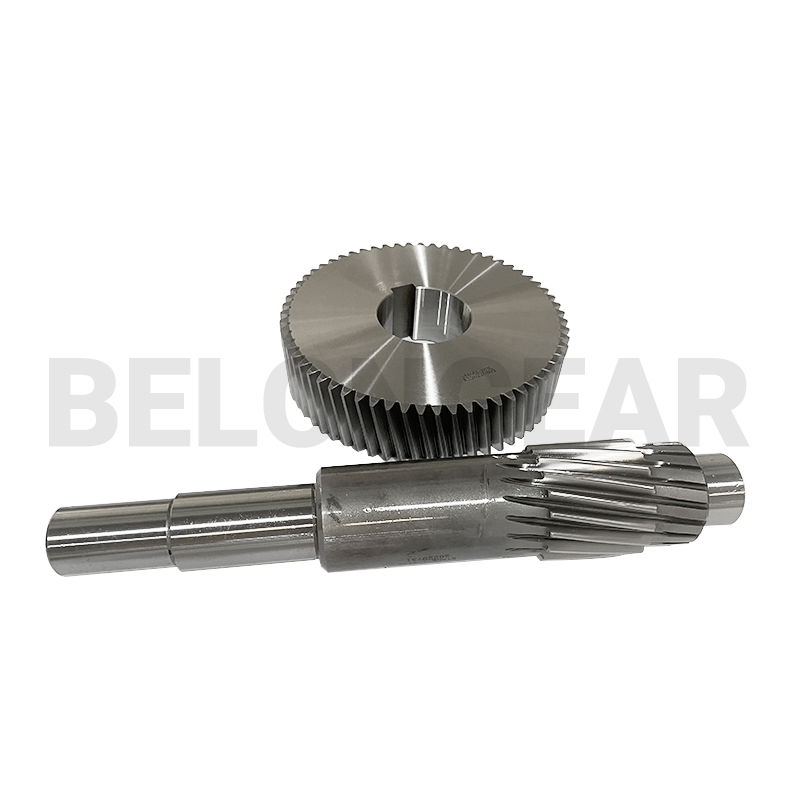In the realm of mechanical transmissions, spiral gears and helical gears often evoke a sense of similarity due to their intricate tooth designs aimed at enhancing efficiency and reducing noise. However, a nuanced understanding reveals distinct differences between these two gear types.
Spiral gears feature teeth that wind in a continuous spiral pattern, akin to a corkscrew. This design facilitates smoother engagement and disengagement of teeth, minimizing vibrations and noise. Their broader tooth contact area enhances load-bearing capacity and durability, making them ideal for precision machinery and aerospace applications where high accuracy and smooth operation are paramount.
On the other hand, helical gears, spiral gear bevel gears possess teeth that are inclined at an angle to the gear axis. This inclination allows for gradual tooth engagement, similar to spiral gears, reducing shock loads and enhancing transmission efficiency. Helical gears excel in transmitting high torque and are widely employed in heavy-duty applications, such as industrial machinery and automotive transmissions, where robust performance and longevity are crucial.
Click the view link to select more helical gears
Click the view link to select more bevel gears
While both gear types share the advantage of gradual tooth engagement, spiral gears emphasize precision and smoothness, whereas helical gears focus on torque capacity and durability. The choice between them ultimately hinges on the specific requirements of the application, including the need for precision, load capacity, and operational environment.
In conclusion, spiral and helical gears, despite their apparent similarities, cater to distinct performance needs. Understanding these differences is key to selecting the optimal gear type for any given mechanical transmission system.
Post time: Oct-16-2024






